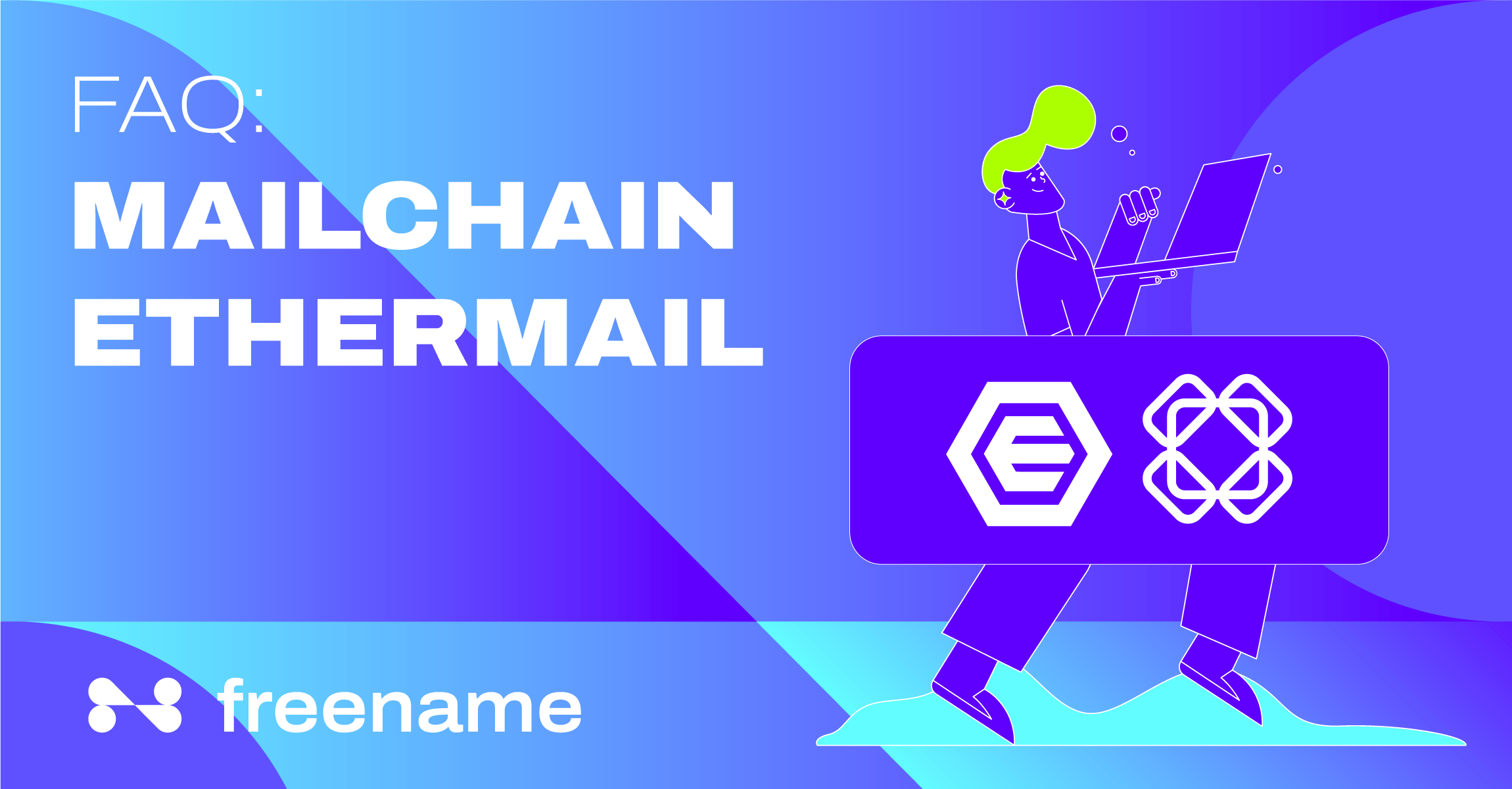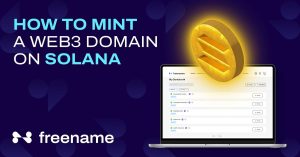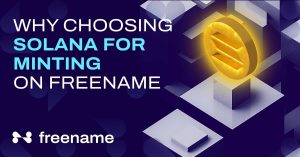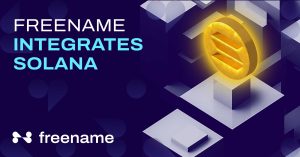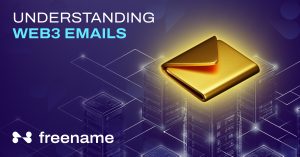Mailchain/Ethermail FAQs
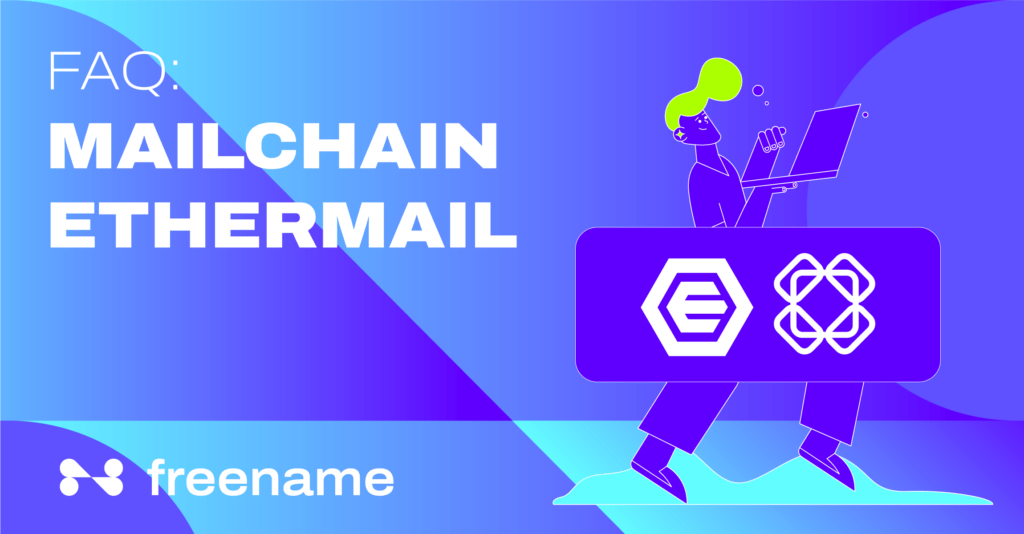
The Mailchain/EtherMail FAQs section offers a compilation of frequently asked questions. Its aim is to assist users in comprehending and effectively utilizing the features, functionalities, and common queries associated. This FAQ will cater to both beginners and individuals seeking clarifications on specific subjects. This article will provide comprehensive and informative answers. Read on!
Mailchain
Mailchain is positioned to be the leading email and messaging standard for Web3, serving as an open-source protocol and a web-based application.
What happens if I sell my domain?
Once you sell your domain, the buyer gains the freedom to rebrand or redirect it as they see fit. This means that any incoming emails addressed to the domain will be received by the new owner. Essentially, when you transfer ownership of a domain, you relinquish all associated rights and control over it.
Can I use multiple domains on Mailchain? Also from different providers?
You can use multiple domains on Mailchain. To do so, you need to configure the necessary DNS records for each domain to enable email routing through Mailchain.
This involves configuring the required DNS settings specific to your email service provider. Once the DNS records are set up, you can add and verify each domain within your Mailchain account.
Why does my domain show an @mailchain.io?
When you use Mailchain for email forwarding or routing, your domain may display “@mailchain.io.” This occurs because you have configured your domain to route emails through Mailchain.
As a result, when you send or receive emails from your domain, they pass through Mailchain’s servers before reaching their final destination. Mailchain adds its own “@mailchain.io” domain to the sender or recipient addresses to ensure proper email routing and encryption.
Why does my .Hodl has no alias (@mailchain.io)?
When using Mailchain, you may observe that the alias “@mailchain.io” is missing for your .Hodl domain. This is because Mailchain has built-in native resolution for certain domains, including .Hodl.
Which are the TLDs resolved natively?
Mailchain supports native resolution for several top-level domains (TLDs), eliminating the need for additional configuration. Commonly supported TLDs include Freename TLDs like .Hodl, and other high level TLDs.
Ethermail
EtherMail stands at the forefront as the pioneering Web 3.0 Email Solution. It has reshaped wallet-to-wallet communication through its unwavering commitment to anonymity and encryption.
What happens if I sell my domain?
When selling your EtherMail domain, the ownership rights are transferred to the buyer. Negotiations determine a fair price based on the domain’s value and relevance. The transfer process involves unlocking the domain, obtaining authorization codes, and providing information to the buyer or their registrar. After the sale, the buyer has the freedom to rebrand, integrate, or redirect the domain.
Can I use multiple domains on Ethermail? Also from different providers?
Yes, you can use multiple domains on EtherMail. To do this, you need to configure the necessary DNS records for each domain to enable email routing through EtherMail’s infrastructure.
Once the DNS records are set up correctly, you can add and manage each domain within your EtherMail account. It allows you to streamline email communications and take advantage of EtherMail’s features. This capability enables you to efficiently manage and operate multiple domains on the EtherMail platform.
Why does my domain show an @ethermail.io?
When using EtherMail, your domain will display “@ethermail.io.” It means you have set up email forwarding or routing through EtherMail’s infrastructure. This ensures that emails pass through EtherMail’s servers for enhanced security, encryption, and other features.
“@ethermail.io” domain may appear in the email headers just like “@gmail.com“. Regardless, the actual sender and recipient addresses can still reflect your original domain.
What is the reverse resolution?
The new reverse resolution feature allows wallet owners to display their Freename Domain instead of their wallet address. By enabling reverse resolution and setting a primary domain, you can showcase your Freename.io name across various platforms, including EtherMail. This feature provides a seamless way to highlight your Freename Domain in place of a wallet address.
Conclusion
The Mailchain/EtherMail FAQs provide a valuable resource for users looking to enhance their understanding of these platforms. Whether you are new to Mailchain or EtherMail or seeking clarification on specific topics, the FAQs offer comprehensive answers to common questions. It covers domain management, email routing, security measures, and more.
By now, you should have gained valuable insights and made the most out of Mailchain and EtherMail’s features and functionalities. You can navigate the world of decentralized email and wallet-to-wallet communication with confidence and ease.

